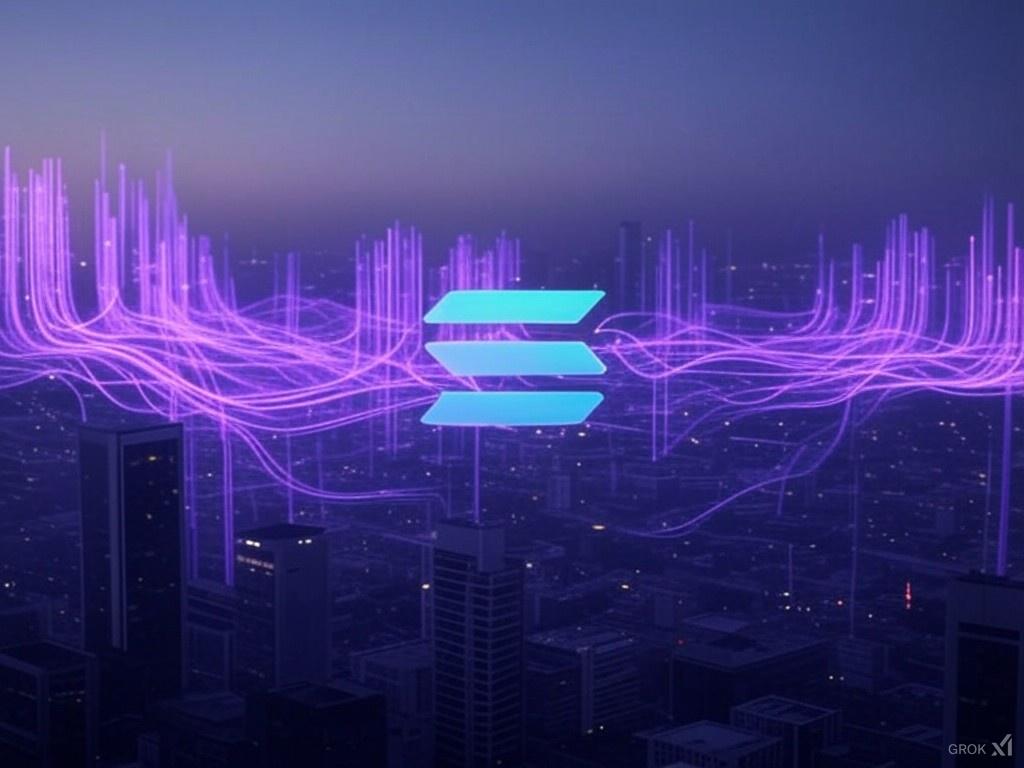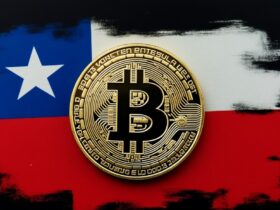The Solana Foundation organization, a non-profit entity that promotes the adoption of the Solana (SOL) ecosystem, would be promoting the implementation of a new client for the validators of this network. It is about the software Frankendancer, a preview version of Firedancer.
This update called Firedancer, created by the Jump Crypto developer group, is intended to improve network performance, scalability and stability.
According to a January 8, 2025 post from Solana Floor, an analytics site on-chain from Solana, the Solana Foundation urged to the validators of the testnet (testnet) to adopt the Frankendancer client “towards the end of this week.”
While the implementation of Frankendancer on the Solana mainnet has been active since late September 2024the intentions to massify its use in the validators in the test network would indicate that Solana Foundation would be preparing the arrival of the definitive version of this client: Firedancer.
As reported by CriptoNoticias, the day the launch of Frankendancer was announced, the price of the token native of Solana, SOL, shot upwhich would reflect that the community received it as good news.
Frankendancer is a hybrid configuration that unifies Firedancer functionalities with Agave, the current Solana validator client. While some nodes use this preliminary version, the arrival of Firedancer Solana still does not have a certain date, although it is expected to be in 2025.
What is Firedancer and what is it for?
Firedancer is a new validator client to verify the correct execution of transactions in Solana. A “customer” is the software which nodes use to connect to a cryptocurrency network and perform their transaction validation task.
This update is created to increase Solana’s transaction capacity, aiming to handle more than 1 million transactions per second (TPS). At the time of this article, and according to the Solana block explorer, this network processes an average of between 4 thousand and 5 thousand transactions per second.
The client developed by Jump Crypto also aims to reduce the requirements of hardware to operate as a validator. This means that the same tasks could be performed with fewer resources, leading to node operation being more accessible and less burdensome. This quality could increase the number of nodes, and turn Solana into a more robust and secure network.
More nodes in a network distribute the workload and validation responsibility the more participants. This makes it difficult for a single malicious actor to control the network as they would need to compromise a majority of nodes. Additionally, having multiple copies of the Solana ledger ensures that the network continues to operate even if some nodes fail.
However, as clarified in their documentscurrently the decrease in the requirements of hardware has not been achieved, although they estimate “reducing them over time.”

How does Firedancer work?
Firedancer is written in the programming language C and C++which would promise improvements in performance and reliability of the hardware compared to the original Solana client, Agavewritten in rust.
C and C++ are programming languages used to develop softwarethat allow you to control very specific aspects how a program works hardware from the computer.
When using C and C++ in Firedancer, Solana would better manage network resourcessuch as memory and processing, with lower transaction latency, and greater stability, all of which is crucial for the optimal functioning of this chain.
By optimizing operations on each node’s CPU (central processing unit), would speed up validation and confirmation time of transactions.
Data transmission would be more efficient with Firedancer
Firedancer employs the QUIC network protocol (Fast UDP Internet Connections), which is responsible for transporting data flows simultaneously without interfering with each other, aiming to improve the speed and security of communications on the Internet.
The Solana network, through Firedancer and QUIC, would improve the propagation of blocks and transactions between nodesthus reducing latency and increasing its throughput (performance measured in number of transactions per second in Solana).
Firedancer could speed up signature verification in Solana
The new validation client also uses the technology AVX512 (Advanced Vector Extensions 512). It is a set of instructions for processors developed by the Intel company, which performs operations on 512-bit vectors, which would favor parallelism and computing speed.
In the context of the Solana network, AVX512 would speed up signature verification cryptographic. The digital signature scheme of this network is “ED25519” (Edwards 25519), used to generate and validate public and private keys, ensuring the authenticity and integrity of transactions in Solana.
Thus, since signature verification is an intensive operation that is performed on each transaction, the use of AVX512 could increase the number of transactions that can be processed per second.
Other technical aspects of Firedancer
Firedancer incorporates techniques such as Kernel Bypass, modular tiling architecture, Turbine block propagation protocol optimization, and NUMA computer memory design.
He Kernel Bypass would allow Firedancer to directly access the hardware network, promoting latency reduction and better performance in the communication between nodes.
While the modular tiled architecture could facilitate efficient distribution of tasks, improving system scalability and maintainability, protocol optimization turbine has the potential to accelerate transaction propagation, reducing confirmation time.
NUMA (Non-Uniform Memory Access) could optimize memory access and handling of multiple simultaneous transactions without locks, which could result in more efficient use of computer resources. hardware and in a greater throughput of the network.
In this way, if the Solana community adopted this new validation system and it worked as its developers argue, in 2025 this network could reach very high numbers of transactions per second and, perhaps, put the repeated past congestion problems behind us.






Leave a Reply